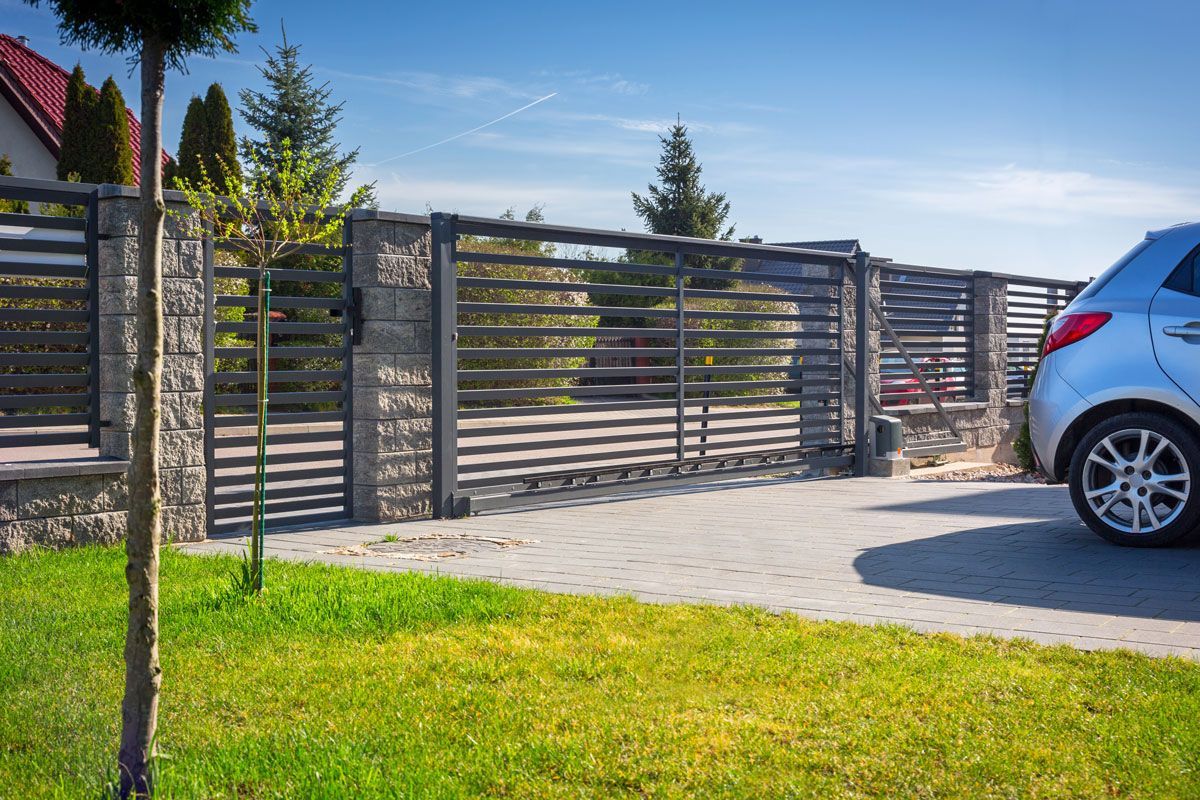Cut money without compromising on quality. Discover the perfect fencing choice for your small farm.
Cost-Effective Fencing Without Compromising Quality
For small farm owners, selecting the right fence that balances price and effectiveness is vital. A well-chosen fence keeps your livestock safe, defines property lines, and secures your farm—without draining your wallet. Thankfully, there are plenty of affordable options that offer great value.
Understanding
The costs of fencing can vary depending on type of material, installation needs, and maintenance. Here’s a rough breakdown of common fence types:
- Wire Fencing: $0.50–$2 per linear foot (materials only).
- Electric Fencing: $0.10–$0.25 per linear foot for wire, plus extra costs for chargers and insulators.
- Wood Fencing: $3–$10 per linear foot.
Choosing the right fence for your needs can help you save significantly over time, especially when you opt for options that require less maintenance.
Electric Fences: A Affordable Choice for Your Farm
Electric fencing stands out as one of the most cost-effective and versatile options available. It’s an excellent choice for keeping livestock in and deterring predators.
- Advantages: Simple to install, low material costs, and adjustable for various terrains.
- Best Use Cases: Livestock such as cattle, sheep, or goats. Also ideal for managed grazing systems.
Pro Tip: Invest in a solar-powered charger to lower long-term energy expenses and enhance your system's eco-friendliness.

Woven Wire Fences: Durable and Budget-Friendly
Woven wire fencing is favored for its durability and affordability, making it a solid choice for small farms.
- Advantages: Provides outstanding containment for livestock, and it can last for years with proper maintenance.
- Best Use Cases: Livestock that tend to slip through gaps, such as pigs or sheep.
Woven wire fences strike a great balance between cost and function, making them a smart investment for many small farm owners.
Do-It-Yourself Fencing Solutions to Save Money
If you’re willing to roll up your sleeves, DIY fencing can significantly cut down costs. Here are a few helpful tips:
- Reuse Materials: Salvage old wood or metal to build a unique and functional fence.
- Plan Your Layout: Avoid waste by carefully measuring and plotting the fence line.
- Rent Tools: Rather than purchasing expensive equipment, rent tools like post-hole diggers.
DIY fences not only save you money, but also give you full control over the style and installation process, ensuring you get exactly what you need.
Maintenance Tips for Low-Cost Fencing
Even the most affordable fences require regular care to extend their lifespan. Here’s how to maintain your fence:
- Inspect Regularly: Look for signs of damage, loose wires, or leaning posts.
- Clean as Needed: Remove dirt, debris, and overgrown vegetation to prevent wear and tear.
- Repair Promptly: Fix small issues before they become major problems and lead to costly repairs.
With the right care, your fence will stay reliable and attractive for years to come.